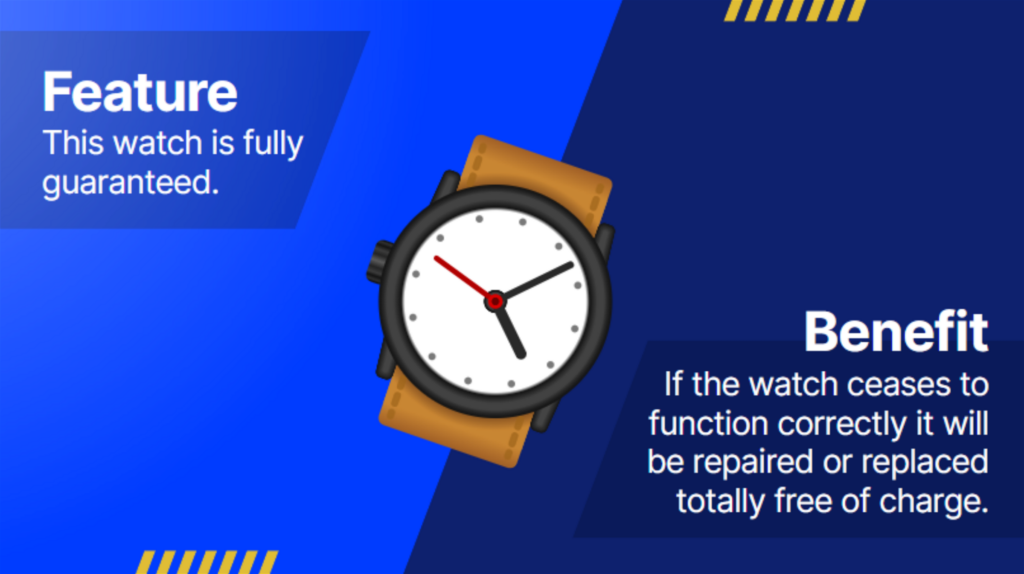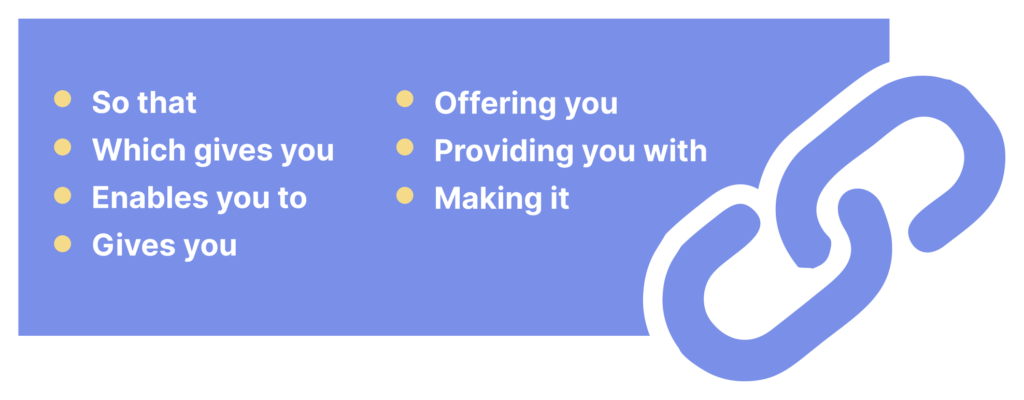Sell Benefits, Not Features: Difference between benefits and features
Sell Benefits, Not Features. You must have heard this before. The terms features and benefits are often used interchangeably and many a time, together, as a marketing copy or a selling pitch. But there’s a key difference between both the terms and understanding it will help you prepare a better selling strategy for your services and products
Now let us understand what we mean by features, and benefits of the product that we should discuss with the customers.

What is a Feature?
Features are the terms used to describe a product. They are often tangible. For example, reflecting design, appearance, specification and components. They can also be non-tangible, For example, backup service, company history, financial standing, and reputation. However good these features may sound to us, they don’t mean anything to the customer.
What is a Benefit?
Benefits come from and are the result of a product Feature. They are usually intangible but will be experienced through use. When Benefits are related to Features, customers begin to see a much clearer justification as to why they should purchase a particular product from you. This equally applies when describing the after-sales support and any other services.
The benefit is basically what the product or service does for/gives the customer.
Let us understand this with the help of an example. Consider you are selling a watch in this case your,

Hence we can say, Features are generic facts that apply to everyone and Benefits are specifically what it does for or gives the customer. E.g. save time, save money, and quality of life.
What are Advantages?
Somewhere with features and benefits, there’s also Advantages. The advantages are the reasons why the product is better than something that does not have the Feature. To understand this, let’s look at a watch again, Feature of the product is, ‘this watch is waterproof’.
The advantage of the product is, you can keep it on while washing your hands. The benefit of the product is, now you will not leave the watch by the sink while going to work. Unlike a watch that is not waterproof, which you have to take off when washing. This increases the risk of leaving it on the sink and forgetting to put it back on before leaving for work.
Now that we know how to identify features, benefits and advantages in a product. Let’s look at how to convert your features into benefits.
Turning Features Into Benefits
“Advantages” act as the link between features and benefits. For example,

As you can see in the above table, the link phrase, “which means that” is used to replace the Advantage statement. Here are a few examples of other link phrases, that can also be used to replace the Advantage statement:

While a feature-loaded service or product always gives you an edge over your competition but your communicating it in form of benefit to the customer is extremely crucial. Humans always look for answers to a ‘why’ or a ‘because’, hence, always give customers a reason–a benefit–for every feature.
